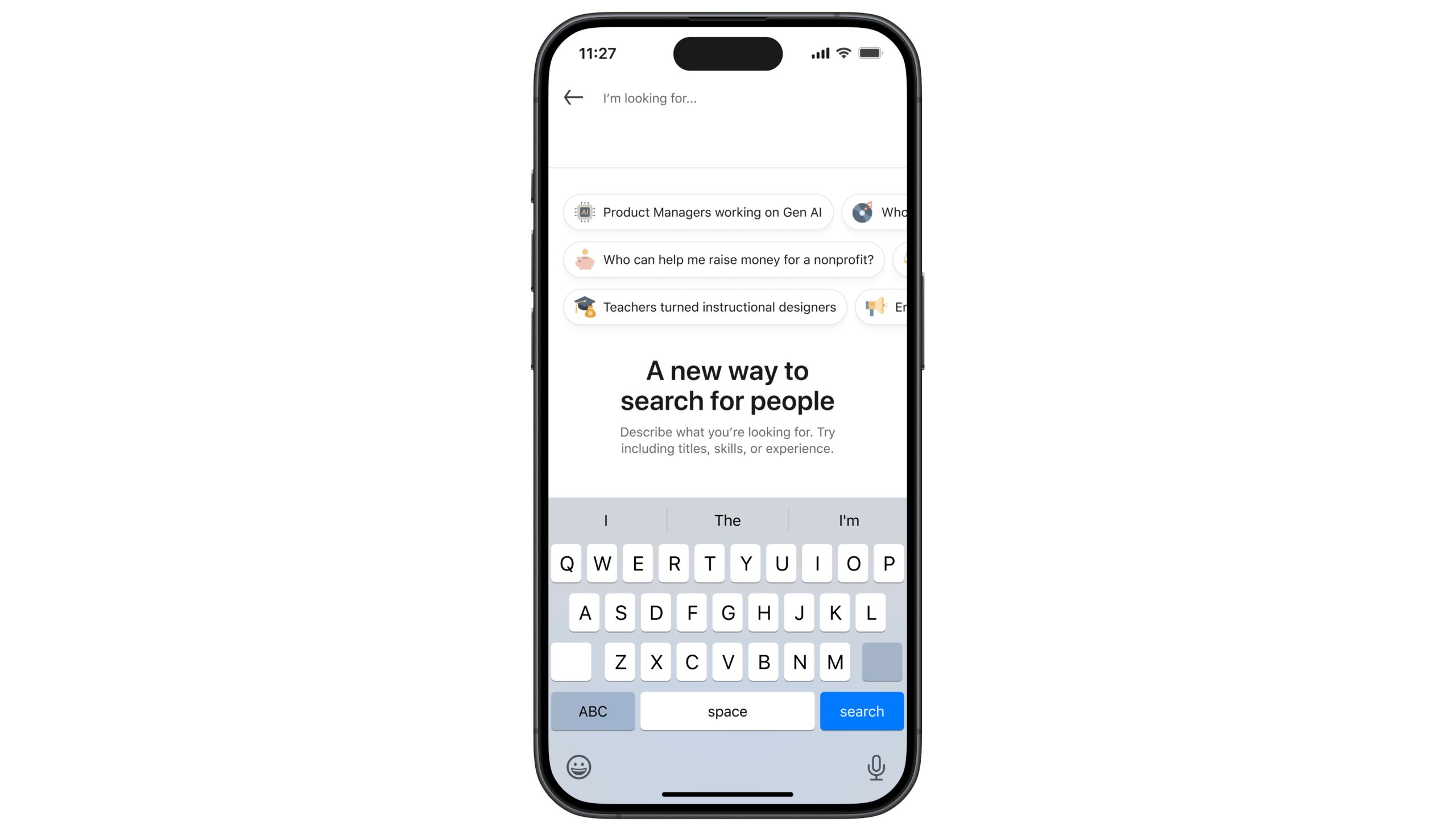
In a development that signals a subtle yet significant step in the evolution of artificial intelligence, OpenAI has announced a resolution to a persistent stylistic quirk in its flagship chatbot, ChatGPT. The company confirmed that users can now effectively instruct the large language model to refrain from using em dashes, a punctuation mark that had, for many, become an unintentional signature of AI-generated content. This seemingly minor update addresses a long-standing point of contention for users seeking greater control over the stylistic output of their AI assistants, highlighting the ongoing effort to align advanced AI capabilities with nuanced human preferences.
The Curious Case of the Prolific Punctuation Mark
The em dash (—), a versatile punctuation symbol used to denote a sudden break in thought, an emphatic pause, or to set off parenthetical statements, found itself at the center of an unexpected linguistic phenomenon following the widespread adoption of generative AI models. Historically, the em dash has been a cherished tool for writers, offering a dynamic alternative to commas, parentheses, or colons. Its flexibility allows for a distinct rhythm and emphasis in prose, often lending a more conversational or spontaneous feel to written communication.
However, as ChatGPT and other large language models (LLMs) became ubiquitous across various digital landscapes—from academic papers and professional emails to social media posts and customer service responses—a noticeable pattern began to emerge. Users observed an unusually high frequency of em dashes in the AI’s output, leading to a curious association between the punctuation mark and synthetic text. This stylistic anomaly quickly transformed the em dash from a mere grammatical option into a perceived "tell" of AI authorship.
The implications of this phenomenon extended beyond mere grammatical observation. For many, the consistent appearance of the em dash in AI-generated content became a proxy for identifying machine authorship, however unreliable such a heuristic might be. This unwritten rule permeated online forums, casual conversations, and even professional critiques, with some observers suggesting that a heavy reliance on em dashes in any piece of writing might indicate a lazy resort to AI tools. This sentiment fueled a broader debate about the authenticity and originality of digital content in an age increasingly shaped by generative AI.
A Brief History of AI and the Em Dash
The journey of generative AI, particularly large language models, has been one of rapid innovation and unforeseen societal impact. Emerging from decades of research in natural language processing (NLP) and machine learning, LLMs like OpenAI’s GPT series represent a paradigm shift in how humans interact with technology. The release of ChatGPT in late 2022 marked a pivotal moment, democratizing access to powerful AI capabilities and sparking a global conversation about the future of work, creativity, and information.
These models are trained on colossal datasets of text and code, encompassing vast swaths of the internet, books, and other digital resources. During this training, LLMs learn to identify patterns, grammar, syntax, and stylistic nuances present in human language. The prominence of the em dash in ChatGPT’s output was likely an emergent property of this training process—a reflection of its frequency and stylistic utility within the enormous corpus of text it ingested. If em dashes are common in a wide variety of human writing, an AI designed to mimic human writing might naturally adopt their frequent use.
Before this recent fix, the challenge for users was not just the AI’s preference for the em dash, but its apparent inability to deviate from it, even when explicitly instructed. This created a tension between the AI’s inherent patterns and the user’s desire for specific stylistic control. The widespread discussion surrounding the "ChatGPT hyphen"—a colloquialism reflecting the common confusion between hyphens, en dashes, and em dashes, but clearly referring to the AI’s predilection for the longest of the three—underscored the frustration. It became a symbol of the limitations of early AI models in truly understanding and adapting to granular user preferences.
User Frustration and the Search for Control
The inability to dictate punctuation style caused considerable frustration across various user demographics. For professional writers, marketers, and content creators, maintaining a consistent brand voice and stylistic guide is paramount. An AI tool that consistently injects an unwanted stylistic element, despite explicit instructions to the contrary, undermines its utility in producing polished, client-ready content. Imagine a marketing agency trying to generate ad copy with a specific minimalist tone, only to have it peppered with emphatic em dashes. The time spent manually editing out these "AI tells" negated some of the efficiency gains promised by generative AI.
In educational settings, the issue was particularly salient. Educators grappled with the challenge of detecting AI-generated submissions, and the em dash became a crude, informal indicator. While certainly not a definitive sign of AI use, its consistent presence in student papers raised suspicion, forcing educators and students alike into an uncomfortable dance of verification and denial. Students genuinely fond of the em dash found their authentic writing questioned, while those using AI might have inadvertently signaled their reliance on the tool. This blurred the lines of academic integrity and highlighted the need for more sophisticated AI detection methods, or, failing that, more controllable AI outputs.
The online community, particularly on platforms like LinkedIn, online forums, and comment sections, also experienced the ripple effect. Posts and comments perceived as "too perfect" or exhibiting the telltale em dashes often drew accusations of AI generation, sometimes unfairly. This eroded trust in online discourse and added another layer of skepticism to digital interactions, fueling a broader cultural anxiety about the authenticity of online communication.
The Broader Implications: AI Detection and Authenticity
The "em dash problem" was a microcosm of a much larger challenge facing the AI community and society at large: the reliable detection of AI-generated content. As LLMs become increasingly sophisticated, their ability to mimic human writing style becomes almost indistinguishable from human output. Early AI detection tools, often relying on statistical anomalies or specific phrase patterns, have proven to be largely ineffective, frequently mislabeling human-written text as AI-generated and vice-versa.
The incident underscores a fundamental tension in the AI landscape: the desire for AI to be human-like versus the desire for human control over AI’s output. While AI models are designed to generate natural language, "natural" can encompass a vast spectrum of styles. When an AI adopts a specific, identifiable stylistic trait—even one as minor as punctuation preference—it inadvertently creates a marker, potentially undermining the very goal of seamless human-like generation.
This struggle for authenticity extends into various domains. In journalism, the integrity of reporting hinges on human authorship and accountability. In creative arts, the distinction between human and machine creativity raises profound philosophical questions. For businesses, brand voice and identity are crucial, and an AI that can’t be precisely tuned to match these nuances presents a challenge. The ability to control such minute stylistic details, therefore, is not just about grammatical correctness; it’s about preserving human agency, maintaining brand integrity, and navigating the complex ethical landscape of AI-human collaboration.
OpenAI’s Solution and the Technical Nuance
OpenAI’s resolution to the em dash dilemma comes in the form of enhanced control via "custom instructions." Sam Altman, OpenAI’s CEO, announced the fix on X (formerly Twitter), describing it as a "small-but-happy win." The update means that if users specify in their custom instructions that ChatGPT should avoid em dashes, the model will now adhere to that directive. This represents a significant improvement over previous iterations, where explicit requests within a chat session or even general custom instructions often failed to override the model’s inherent stylistic patterns.
The technical implications of this fix are noteworthy. Training an LLM involves vast amounts of data and complex algorithms, and fine-tuning specific behaviors can be challenging. An AI’s "preferences" are not explicit rules programmed by engineers but emergent properties learned from its training data. To modify such a deeply ingrained pattern requires sophisticated adjustments, likely involving targeted fine-tuning or reinforcement learning from human feedback, where the model is rewarded for adhering to stylistic constraints. This kind of granular control points to a more mature understanding of how to align AI behavior with user intent, moving beyond simply generating coherent text to generating text in a specified style.
The company’s acknowledgement on Threads, where ChatGPT itself was humorously prompted to "apologize for ruining the em dash," further highlights the cultural awareness surrounding this issue. It signifies that OpenAI is not just focused on raw capability but also on user experience and the nuanced impact of its technology on communication norms. The key takeaway from the announcement is not that ChatGPT will cease using em dashes by default, but rather that users now possess the agency to enforce their stylistic choices, a crucial distinction for those who value precise control over their generated content.
Beyond the Dash: The Future of AI-Assisted Writing
The resolution of the em dash problem, while specific, points to broader trends in AI development. It underscores the increasing demand for customizable AI, where users can not only dictate content but also control stylistic elements, tone, and even subtle linguistic quirks. As AI tools become more integrated into daily workflows, the ability to personalize their output will be paramount for maintaining individuality and brand consistency.
This development also highlights the continuous feedback loop between AI developers and the user community. User frustration, voiced through forums and social media, directly informs and shapes the iterative improvements made by companies like OpenAI. It’s a testament to the idea that AI is not a static technology but a constantly evolving ecosystem, refined through real-world interaction and user needs.
Looking ahead, the incident serves as a reminder that as AI models grow more powerful, the focus will increasingly shift from what they can generate to how they generate it. The next frontier in generative AI might not just be about creating more complex or creative outputs, but about delivering them with an unprecedented level of stylistic precision and adaptability, truly becoming an extension of the human author’s intent rather than an independent stylistic entity. The humble em dash, once a symbol of AI’s stubbornness, has now become a testament to its growing responsiveness and the deepening collaboration between human and machine in the art of communication.



